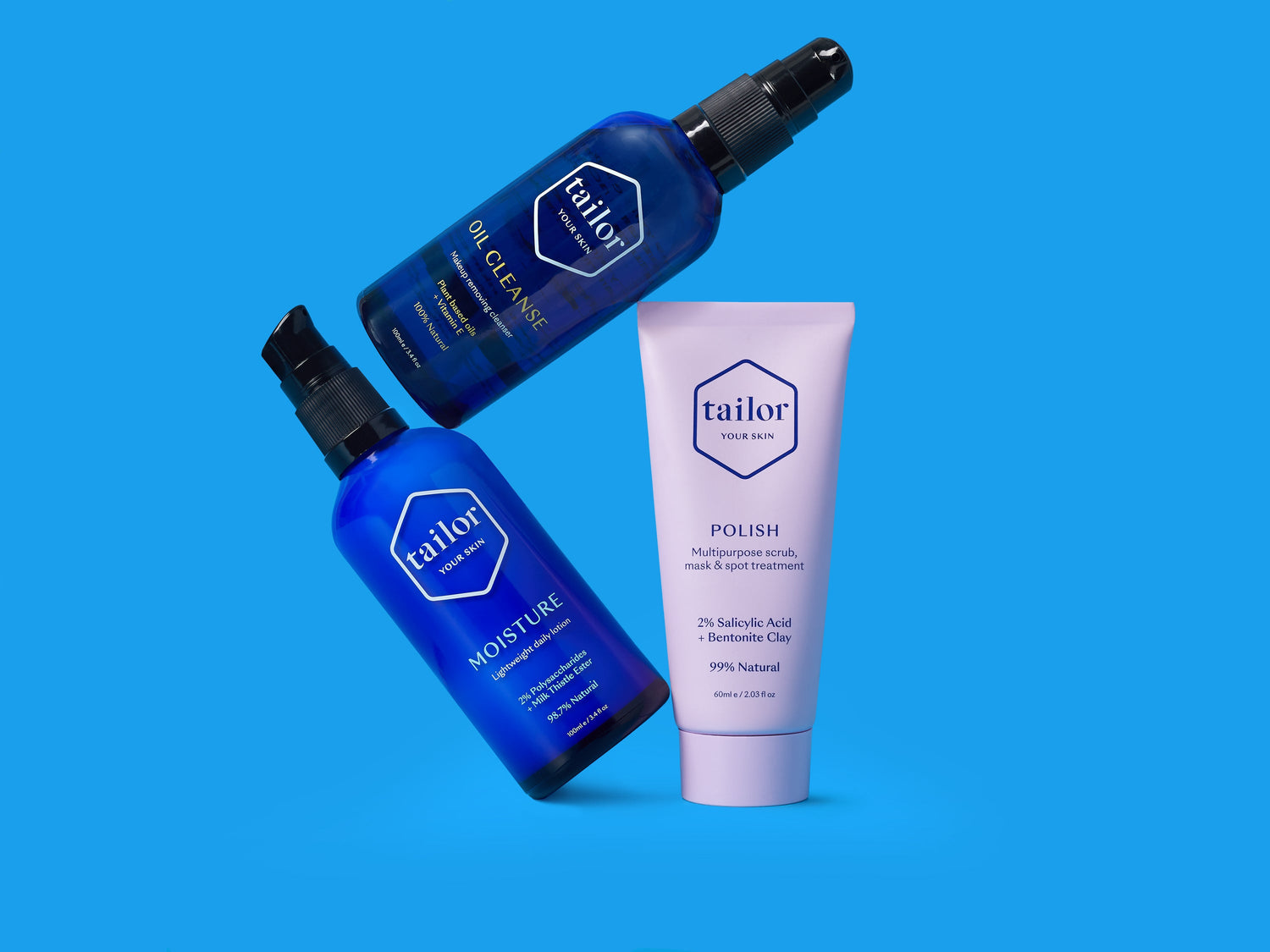I’m sure this isn’t something you’ve ever thought about, or something a beauty brand has ever talked you through, but here we go. Because, we want to be transparent with you about these things. So, I’m sure you’ve always trusted your brand of cleanser, and thought these ingredients must be truly beneficial for my skin, otherwise why are they in this product? What we often find is lots of ingredients in your cleanser is just marketing fluff, to draw you in with amazing and desirable ingredients to sound wow, when really they don’t have enough time to work their magic on your skin, and instead get washed down the drain.
What does a cleanser do when applied to your skin?
Now for a bit of science chat, because without results - how can we know for sure? Let’s learn about a cleanser’s role, “skin cleansers are surface—active substances (i.e. emulsifiers/detergents/surfactants/soaps) that lower the surface tension on the skin and remove dirt, sebum, oil from cosmetic products, microorganisms, and exfoliated corneum cells in an emulsified form.” Let’s break this down a little. Surface tension basically the ability for something to float on the skin and not be absorbed, so you can imagine to reap the benefits of a cleanser in a short contact time, you want to lower the chance of this. By lowering this, it allows for makeup, oils and daily grime to be removed from the skin, leaving it nice and clean. “An ideal cleanser should do all these without damaging or irritating the skin, on the contrary it should try to keep the skin surface moist.” Because, as we’re removing oils from our skin, it’s important to give back to our skin, ensuring it’s not left feeling stripped and tight (as some cleansers do).

How does a cleanser work, if it’s a wash-off product?
Cleansers are a wash off product, which means short contact time between the cleanser and your skin, you want to make sure the ingredients in a cleanser have an instant effect on your skin - to ensure you’re giving back to your skin and not just stripping it. Some skincare ingredients take time to absorb in your skin, which means they need to be left on the skin - making them unsuitable for a cleanser (like Niacinamide - but we’ll get into that later). Time to back this up. “Cleansers should remain on the skin for as short a period as possible to minimize stratum corneum protein damage…” Before I jump into this, the stratum corneum is the outer most layer of the top layer of your skin. Ok, let’s jump in. This short contact doesn’t allow enough time for particular ingredients to penetrate and remain in the skin. Therefore, when formulating Gel Cleanse, we wanted to make sure the ingredients we used provided instant benefits to the skin, to do this we needed to make sure they were fast absorbing.
Why “much loved” ingredient, Niacinamide, shouldn’t be in your cleanser.
Let’s look into an example of a super desirable skincare ingredient by us skin lovers, that needs to be left on the skin - Niacinamide. Here’s why: this antioxidant ingredient is used for its anti-aging and anti-breakout powers, but the only catch is it needs to be left on the skin to unlock these benefits (definitely longer than the 1 minute of cleansing time.) “To reap the most skincare benefits, apply niacinamide topically in the form of a cream, lotion, or serum—anything that will stay in contact with your skin for plenty of time, unlike a facial cleanser that goes on and off quickly…” I know what you’re thinking, why would it be in cleansers then. As I mentioned above, marketing fluff. So, as cleansers are wash off products, the functionality of this ingredient, doesn’t match a cleanser’s purpose. If you are seeking these benefits of Niacinamide, Tailor Hydrate contains 4% - making it the ideal way to incorporate this ingredient into your skincare routine - because it’s not a wash-off product.

Creating the *perfect* gel cleanser
As I’ve previously talked about, when we looked into the hero ingredients for Gel Cleanse, we were on the lookout for ingredients with immediate effect on the skin, to suit the functionality of a cleanser. The ingredients that stood out:
Aloe Vera
Aloe Vera has an instant effect on your skin, remember that instant soothing feeling you experience when you use it on sunburn (ahhhh), this is similar. It calms and soothes redness and irritation in your skin, while deeply hydrating it (doesn’t that take you back). “This is because it possesses implausible moisturising properties. It improves the ability of skin to hydrate itself.” Meanwhile, “the anti-inflammatory action of Aloe vera gel not only relieves from pain and discomfort, but also accelerates the healing process.” This is suited to a wash off product because Aloe Vera has “many natural constituents that are easily absorbed by the skin keeping it smooth and healthy..."
Oat Protein
Same can be said for Oat Protein, it’s instant and it helps to strengthen your skin's outer barrier, retain your skin’s moisture, and reduce itchiness in your skin - thanks to its anti-inflammatory properties (aka liquid gold). A study conducted by An Indian Journal of Dermatology, Venereology and Leprology states “the results suggest that oatmeal possesses antioxidant and anti-inflammatory properties.”
Supporting ingredients
Other key supporting ingredients include Green Tea Extract which also has an instant effect to visibly brighten your skin, reduces hyper-pigmentation in your skin - also with antioxidant and anti-inflammatory properties, which soothe and protect your skin. “When applied topically, green tea polyphenols…prevent other damaging effects of UV light such as the sunburn response, immunosuppression, and photoaging of the skin.” And that’s just a supporting ingredient, wow. The two other key supporting ingredients which are used within our existing range, are Glycerin to help bind water to the skin leaving your skin hydrating and soft, and Milk Thistle a natural alternative to silicone which helps strengthen your skin’s barrier. You know what I’m going to say here, multi-purpose at it’s finest.
I know, all in one 125ml tube of Gel Cleanse. Oh and it’s only $49.50.

So as you can tell, we aren’t about marketing fluff going down the drain, because that’s just unnecessary waste and spending - and we don’t want this, remember we’re on a sustainability journey and want our products to actually work for you, at a competitive price, might we say. This means we wanted to provide a gel cleanser, which will give you all the benefits possible, before it’s washed away.
References
Mukhopadhyay, P. (2011). CLEANSERS AND THEIR ROLE IN VARIOUS DERMATOLOGICAL DISORDERS. Indian Journal of Dermatology. https://www.e-ijd.org/article.asp?issn=0019-5154;year=2011;volume=56;issue=1;spage=2;epage=6;aulast=Mukhopadhyay
Draelos, Z. D. (2015). The science behind skin care: Cleansers. Journal of Cosmetic Dermatology. https://doi.org/https://onlinelibrary.wiley.com/doi/10.1111/jocd.12469
VALENTI, L. (2021, April 4). Meet niacinamide, skincare’s new powerhouse ingredient. Vogue India.https://www.vogue.in/beauty/content/everything-you-need-to-know-about-niacinamide-skincares-new-powerhouse-ingredient
Asthana, N., Pal, K., Aljabali, A. A., Tambuwala, M. M., Gomes de Souza, F., & Pandey, K. (2021). Polyvinyl alcohol (PVA) mixed green–clay and aloe vera based polymeric membrane optimization: Peel-off mask formulation for skin care cosmeceuticals in green nanotechnology. Journal of Molecular Structure. https://doi.org/https://linkinghub.elsevier.com/retrieve/pii/S0022286020319062
Saleem, A., Naureen, I., Naeem, M., Murad, H. S., Maqsood, S., & Tasleem, G. (2020). Aloe Vera Gel Effect on Skin and Pharmacological Properties. Scholars International Journal of Anatomy and Physiology. https://doi.org/10.36348/sijap.2022.v05i01.001
Pazyar, N., Yaghoobi, R., Kazerouni, A., & Feily, A. (2012). Oatmeal in dermatology: A brief review. Indian Journal of Dermatology, Venereology and Leprology. https://doi.org/10.4103/0378-6323.93629
Heinrich , U., Moore , C. E., De Spirt, S., Tronnier, H., & Stahl, W. (2011). Green Tea Polyphenols Provide Photoprotection, Increase Microcirculation, and Modulate Skin Properties of Women. The Journal of Nutrition. https://doi.org/10.3945/jn.110.136465

